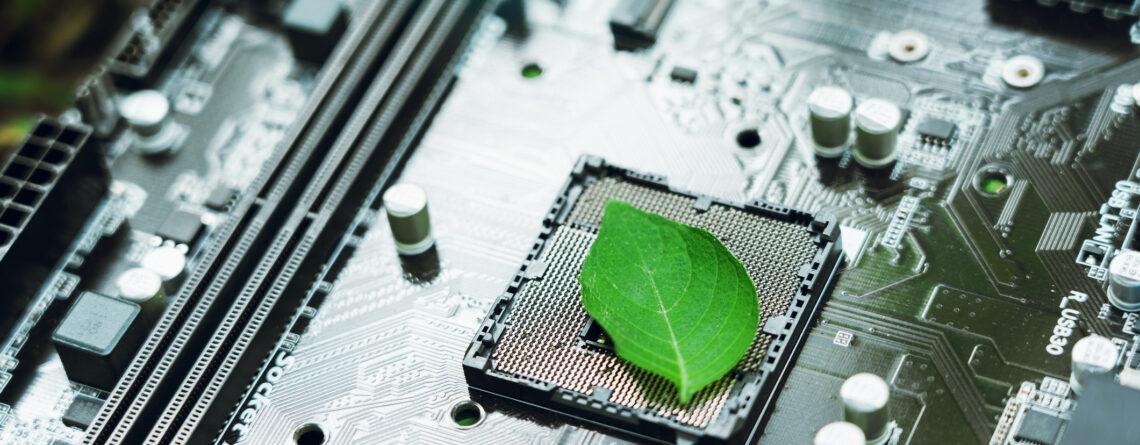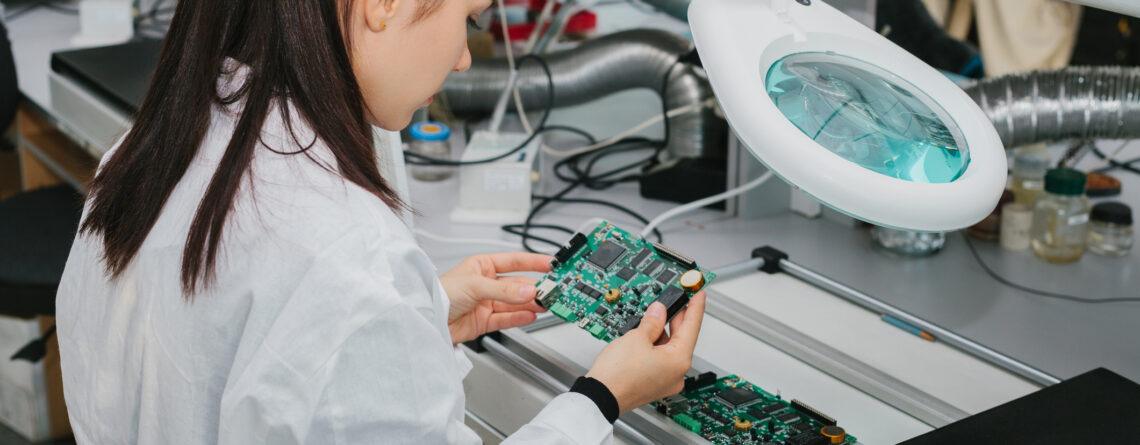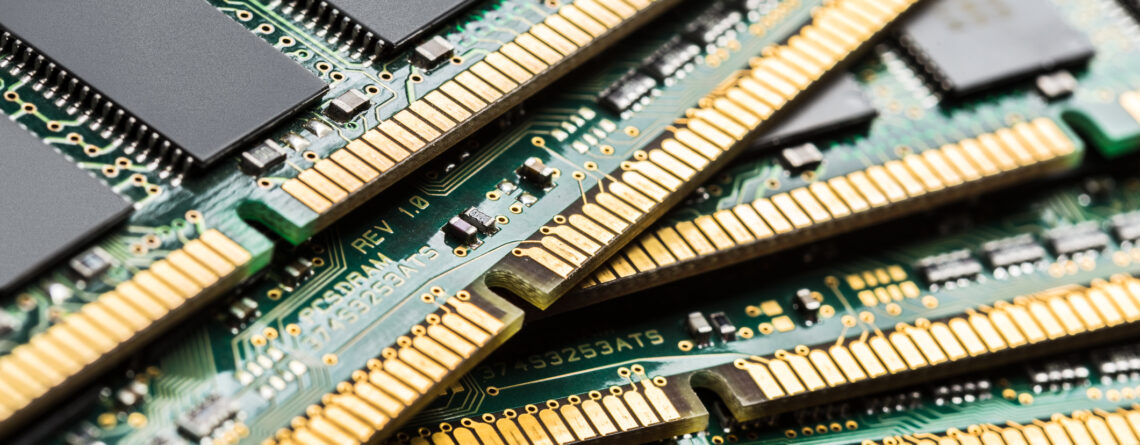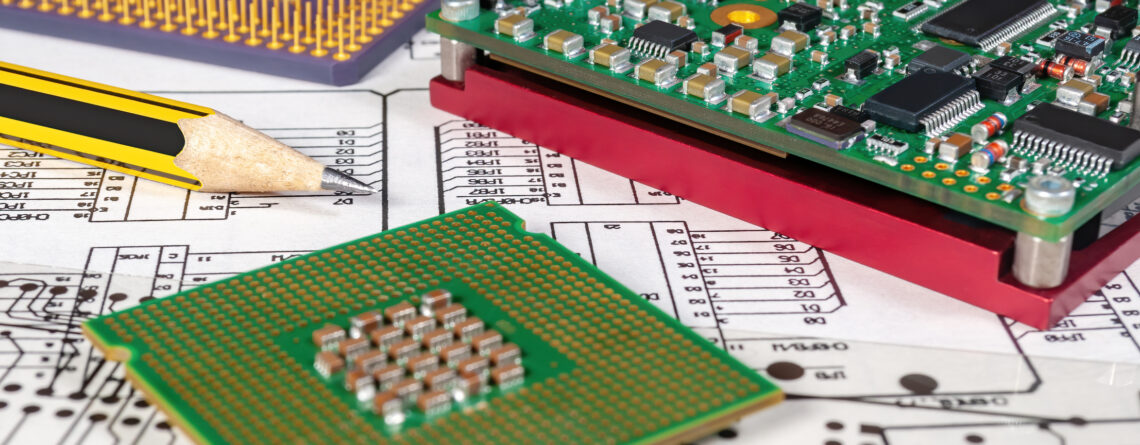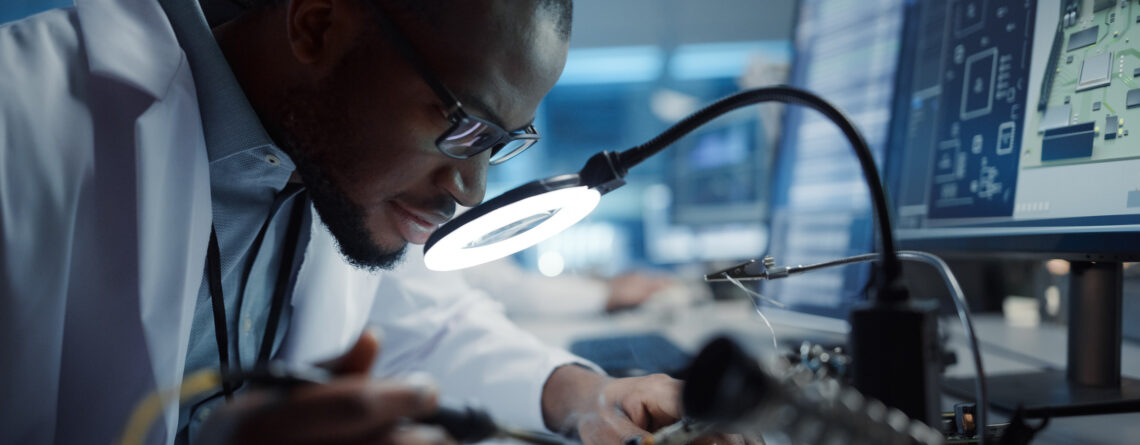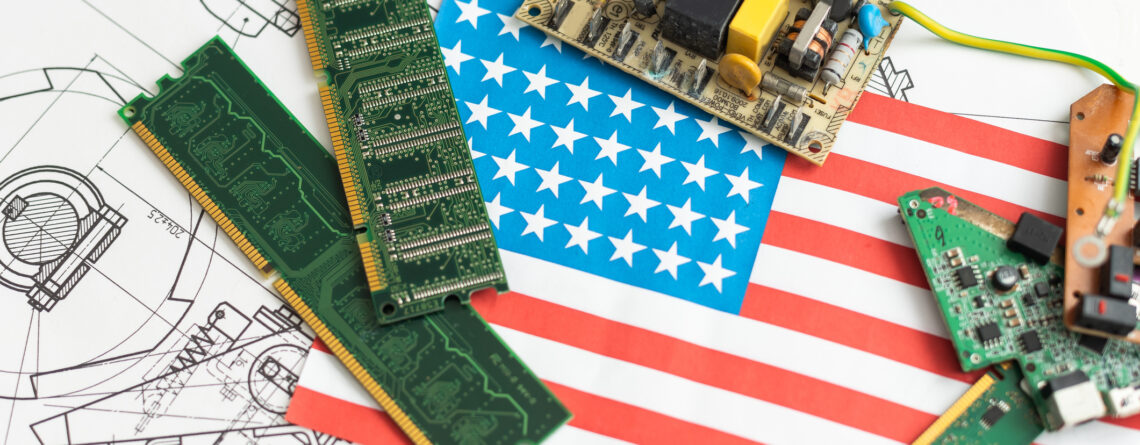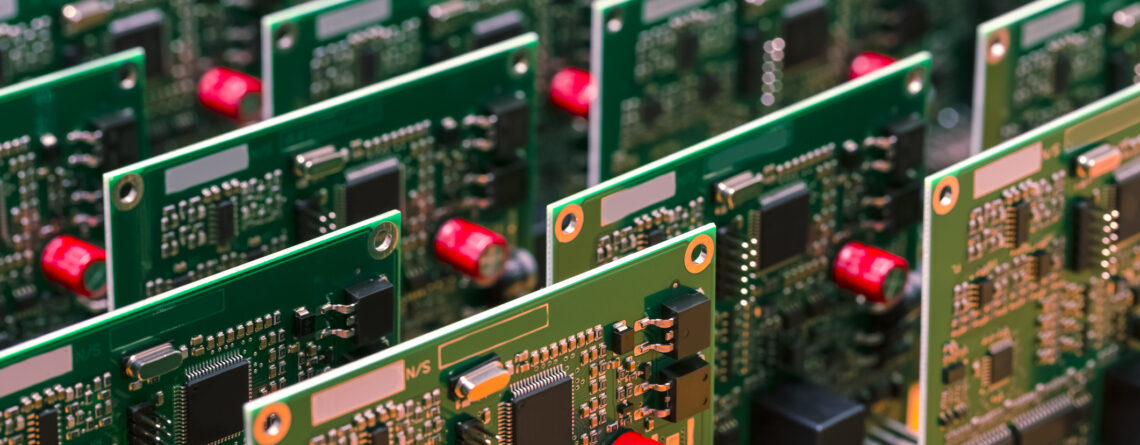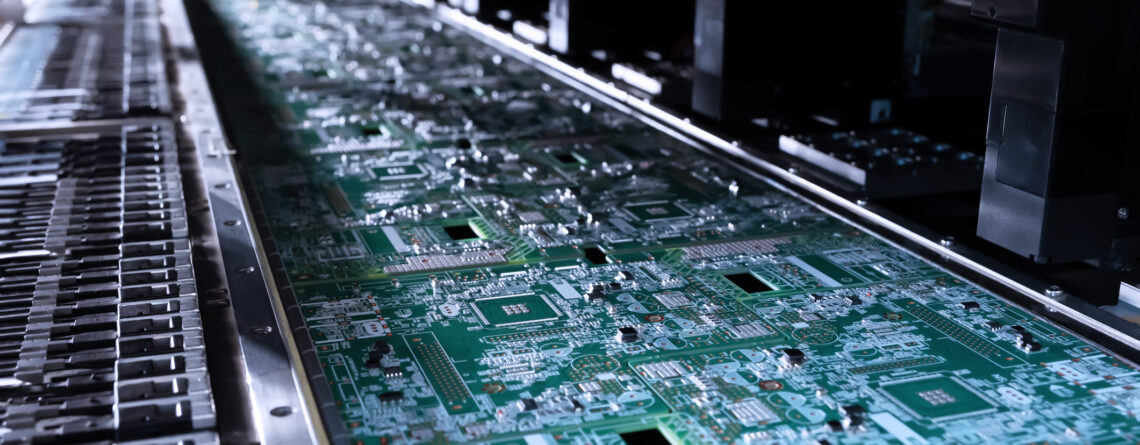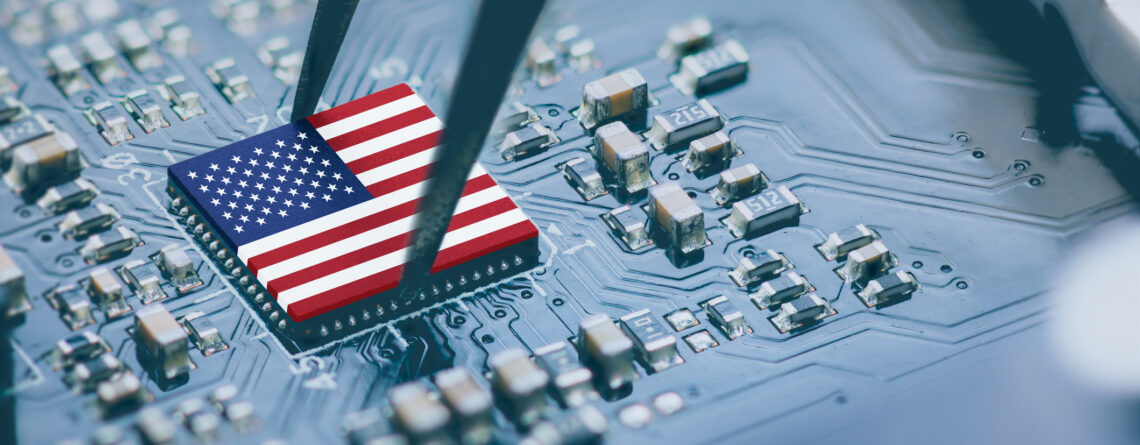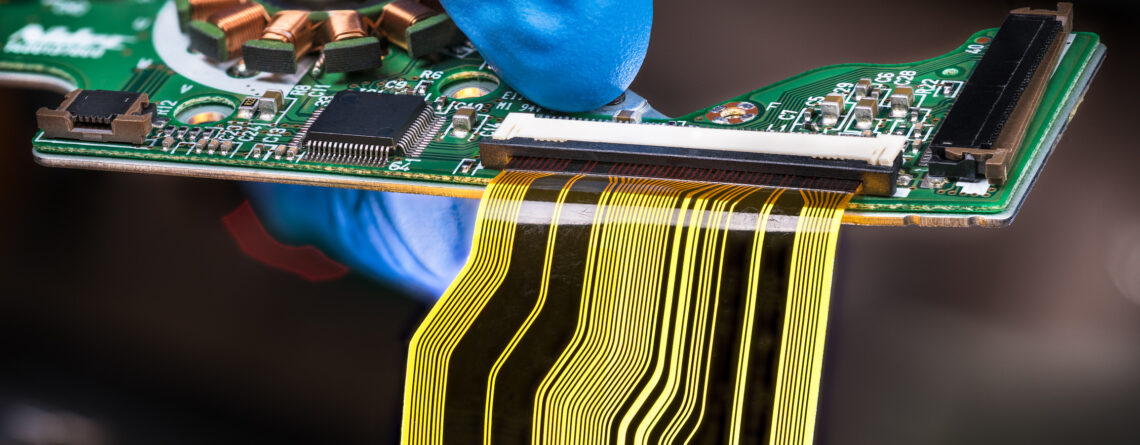Environmental Considerations in PCB Manufacturing
Printed Circuit Boards (PCBs) are the foundation of nearly every electronic device today. As demand for electronics grows, so does the responsibility to produce PCBs in a way that minimizes environmental impact. SVTronics recognizes this responsibility and has prioritized sustainable manufacturing, implementing practices that reduce waste, conserve resources, and maintain compliance with environmental standards without...


